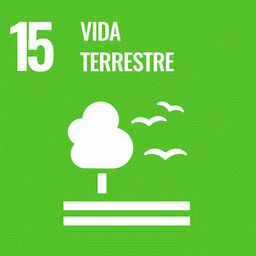While the climate and human-induced forest degradation is increasing in the Amazon, fire impacts on forest dynamics remain understudied in the wetter regions of the basin, which are susceptible to large wildfires only during extreme droughts. To address this gap, we installed burned and unburned plots immediately after a wildfire in the northern Purus-Madeira (Central Amazon) during the 2015 El-Niño. We measured all individuals with diameter of 10 cm or more at breast height and conducted recensuses to track the demographic drivers of biomass change over 3 years. We also assessed how stem-level growth and mortality were influenced by fire intensity (proxied by char height) and tree morphological traits (size and wood density). Overall, the burned forest lost 27.3% of stem density and 12.8% of biomass, concentrated in small and medium trees. Mortality drove these losses in the first 2 years and recruitment decreased in the third year. The fire increased growth in lower wood density and larger sized trees, while char height had transitory strong effects increasing tree mortality. Our findings suggest that fire impacts are weaker in the wetter Amazon. Here, trees of greater sizes and higher wood densities may confer a margin of fire resistance; however, this may not extend to higher intensity fires arising from climate change.
Amazon drought and its implications for forest flammability and tree growth: a basin-wide analysis
Severe drought in moist tropical forests provokes large carbon emissions by increasing forest flammability and tree mortality, and by suppressing tree growth. The frequency and severity of drought in the tropics may increase through stronger El Niño Southern...

